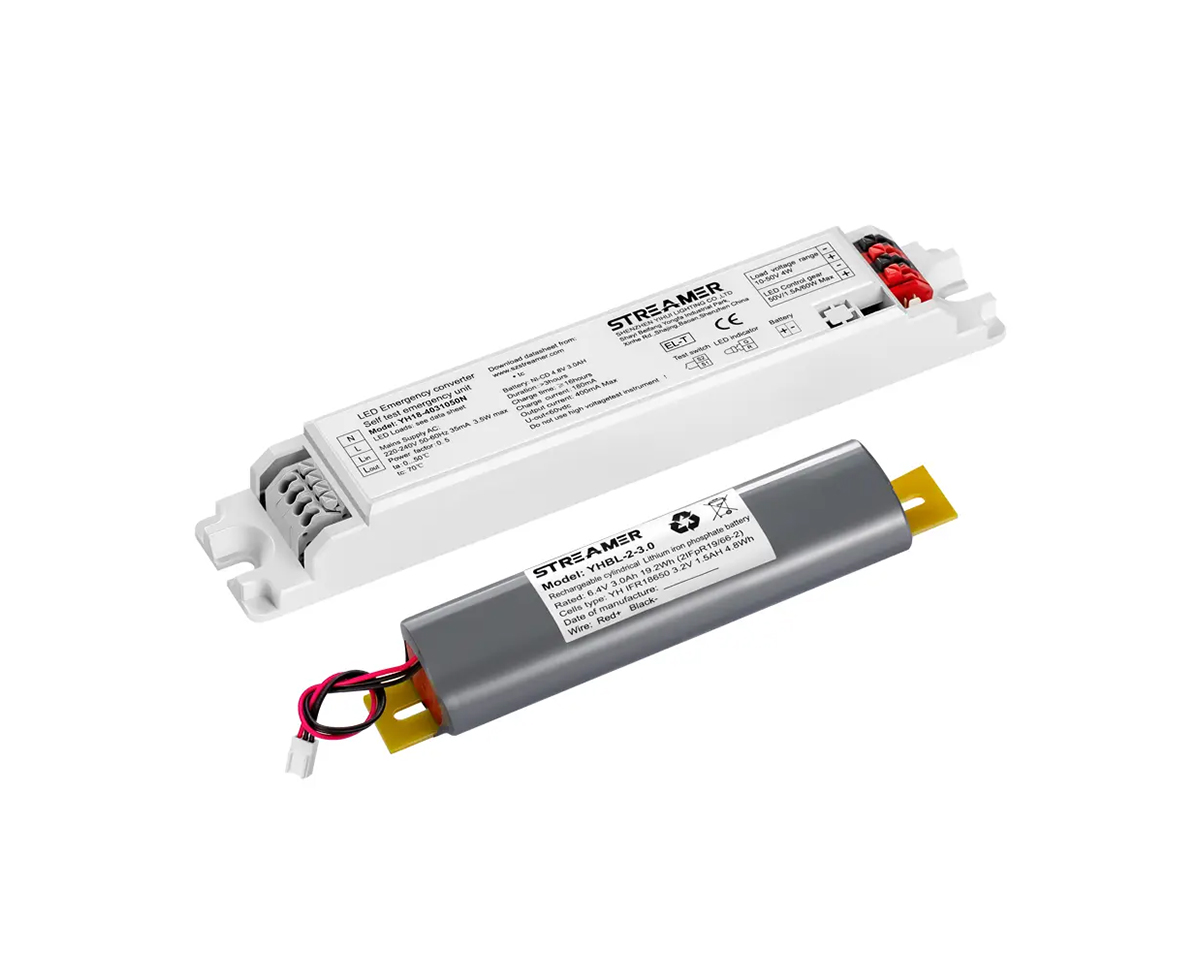 1
1
 Mar 03, 2025
Mar 03, 2025

A well - planned software upgrade strategy for Streamer BBU is essential to keep the wireless communication system up - to - date, secure, and performing optimally.
Pre - upgrade Planning
Before initiating a software upgrade, comprehensive planning is required. First, a detailed assessment of the current software version is necessary. This includes identifying any known bugs, security vulnerabilities, or performance issues. The network operator also needs to consider the compatibility of the new software with the existing hardware components of the BBU. Some software upgrades may require certain hardware capabilities, and if the hardware is not up - to - date, it may lead to compatibility problems. Additionally, a backup of the current software configuration and data should be made. This ensures that in case of any issues during the upgrade process, the system can be quickly restored to its previous state. The upgrade schedule should also be carefully planned, taking into account periods of low network traffic to minimize the impact on users.
Upgrade Implementation
During the upgrade implementation, a phased approach is often recommended. First, the new software can be deployed in a test environment, such as a laboratory or a small - scale pilot network. This allows the network operator to thoroughly test the new software for functionality, performance, and compatibility. Once the testing is complete and any issues are resolved, the upgrade can be rolled out to a larger part of the network. In a large - scale deployment, a staged roll - out can be used. For example, the upgrade can start with a few selected BBUs in different geographical areas. After monitoring the performance of these upgraded BBUs for a certain period and ensuring that everything is working as expected, the upgrade can be gradually extended to more BBUs. This staged approach helps to minimize the risk of widespread problems in case of unforeseen issues with the new software.
Post - upgrade Verification and Support
After the software upgrade, verification is crucial. The network operator needs to check that all the functions of the BBU are working correctly. This includes testing the baseband processing, signal transmission to the RRU, and communication with user equipment. Performance metrics, such as throughput, latency, and call quality, should be monitored to ensure that the upgrade has not negatively impacted the system performance. In fact, the goal is often to improve these metrics. If any issues are detected, the network operator should have a support mechanism in place. This may involve contacting the software vendor for technical support or using internal resources to troubleshoot the problems. Regular software updates and patches should also be considered to address any new issues that may arise after the initial upgrade.